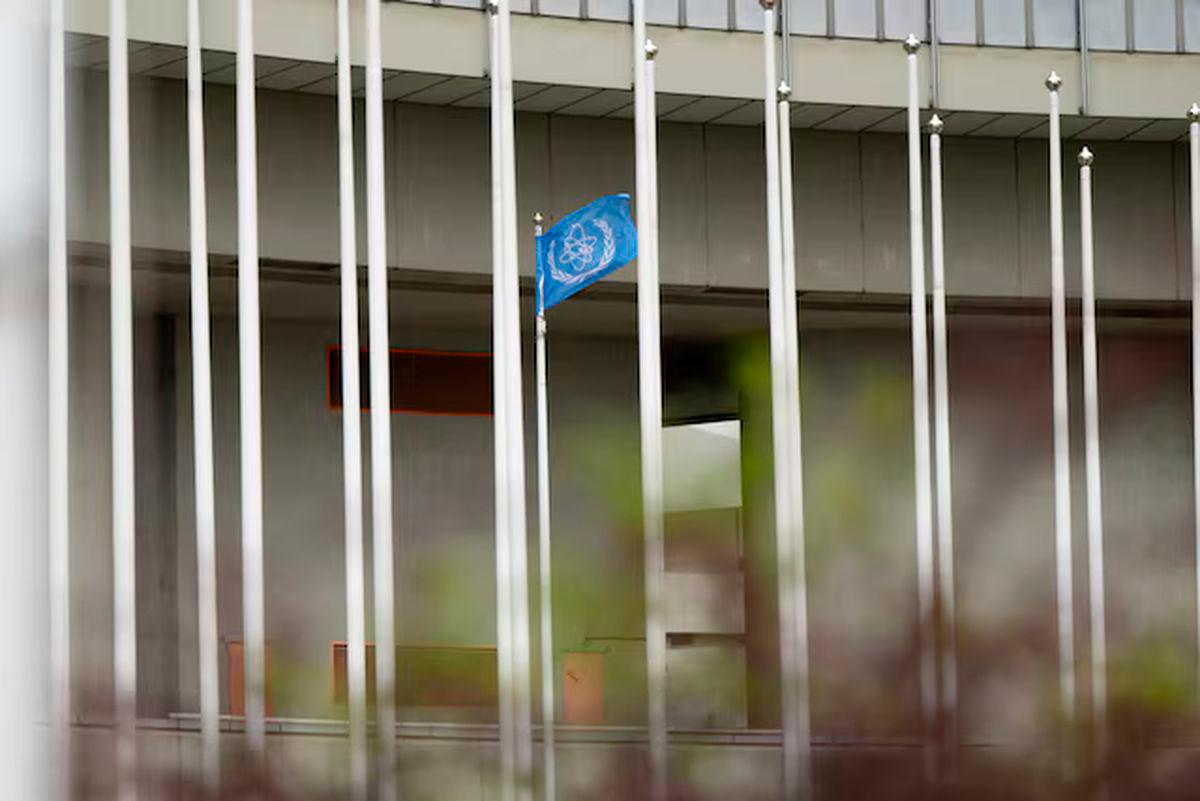VIENNA: There appear to have been “direct impacts” on the underground part of Iran’s Natanz nuclear site during Israel’s attacks, the UN’s atomic watchdog said on Tuesday.
The International Atomic Energy Agency (IAEA) had initially said Monday it had “no indication” to that effect, estimating that only the above-ground part of the uranium enrichment plant had been damaged, along with the electrical infrastructure.
However, “based on continued analysis of high resolution satellite imagery collected after Friday’s attacks, the IAEA has identified additional elements that indicate direct impacts on the underground enrichment halls at Natanz,“ the UN body said on X.
The IAEA has not provided further details at this stage.
Natanz operates nearly 70 cascades of centrifuges at its two enrichment plants, one of which is underground. A cascade is a series of centrifuges -- the machines used to enrich uranium.
Tehran has consistently denied seeking to develop a nuclear weapon, but had been enriching uranium to 60 percent -- far above the 3.67-percent limit set by a 2015 agreement with major powers that the United States and Iran have since largely abandoned.
Uranium enriched to between three and five percent is used to fuel nuclear power plants for electricity production.
Uranium enriched up to 20 percent can be used to produce isotopes for medical uses, for example in diagnosing certain cancers.
To build a bomb, enrichment must be pushed to 90 percent.
IAEA chief Rafael Grossi said he was willing to immediately travel to Iran, where agency inspectors are present.









